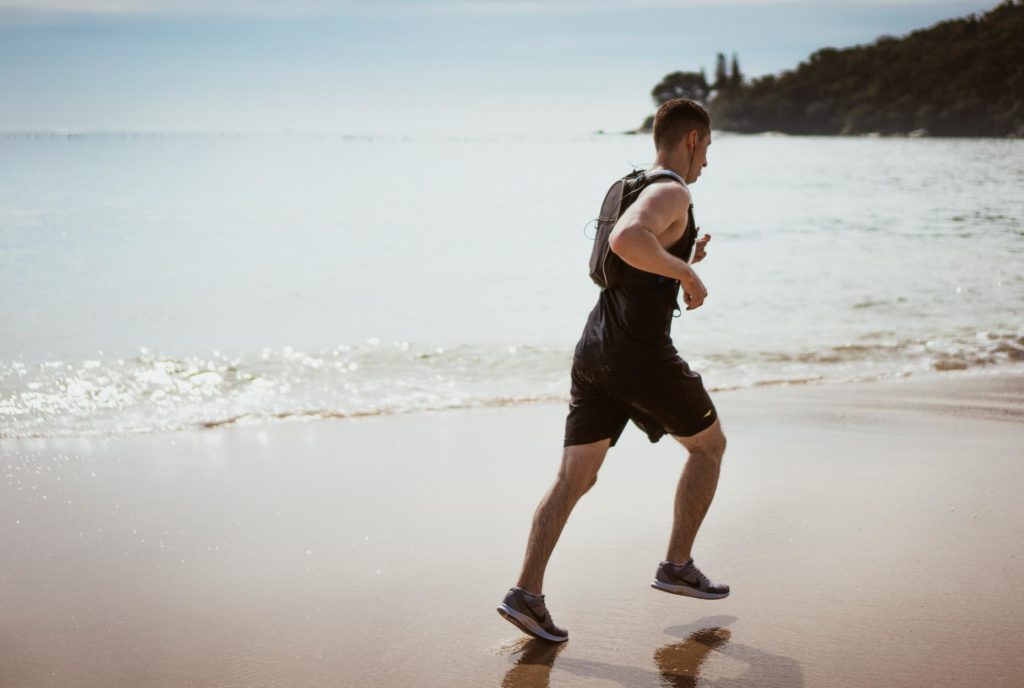
The Role of a Weight Lifting Belt in Strength Training
Weight lifting belts have been used by powerlifters, bodybuilders, and regular gym-goers alike for years. The primary function of the belt is to provide support for your lower back and core during heavy lifting exercises. Beyond that, it is also believed to assist with stabilizing the spine and increasing intra-abdominal pressure, which can result in a stronger and safer lift. With so many options on the market, it can be challenging to determine which one is right for you. In this blog post, we will take a closer look at various types of weight lifting belt and provide some tips for selecting the right one for your goals.
Width and thickness – One of the first things to consider when choosing a weight lifting belt is its width and thickness. Generally speaking, a wider and thicker belt will provide more support but may be less comfortable. The standard width for a weight lifting belt is around 4 inches, but some belts can be up to 6 inches wide. Similarly, the thickness of the belt can range from 8mm to 13mm. If you primarily use your belt for powerlifting, a thicker, more supportive belt is ideal. However, if you prefer a belt that is comfortable for all-around training, a thinner belt may be a better choice.
Material – Weight lifting belts can be made from different materials, including leather, suede, and nylon. Leather belts are the most popular, as they are durable and provide a secure fit. Suede belts are softer and more flexible, making them a comfortable option for those who prefer a looser fit. Nylon belts are lighter and more affordable but may not be as durable as other options. Ultimately, the choice of materials should depend on your personal preferences and intended use for the belt.
Buckle or lever – Another consideration when selecting a weight lifting belt is the type of closure mechanism. Most belts either use a buckle or a lever. Buckle belts are simple to adjust and can fit a range of waist sizes. Lever belts are slightly more expensive but provide a secure and consistent fit, which can be especially helpful during powerlifting competitions. Both options offer advantages and drawbacks, so choose based on your needs.
Design and style – While not as important as factors like support and durability, style and design can still be a consideration when selecting a weight lifting belt. Some prefer plain leather with no additional markings, while others like belts with logos or designs. Some belts even offer added features such as a built-in roll bar or quick-release lever buckle. Selecting a belt that aligns with your personal preferences can help make your workouts more enjoyable and comfortable.
Price – Price is always a consideration when selecting any piece of equipment, and weight lifting belts are no exception. You can find belts for as little as $20 and as much as several hundred dollars. While price doesn’t necessarily equate to quality, investing in a higher-end belt can provide added durability and support. However, a cheaper belt can still provide sufficient support for many lifters, so choose based on your budget and needs.
Conclusion:
Choosing the right weight lifting belt is important for achieving your fitness goals while keeping you safe during your workouts. When selecting a belt, consider factors such as width and thickness, materials, closure mechanism, design and style, and price. Finding a belt that provides sufficient support and aligns with your personal preferences can help make your workouts more enjoyable and effective.
